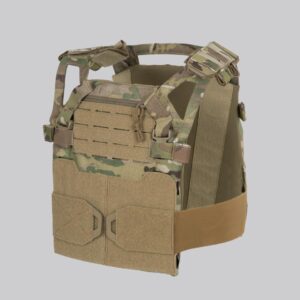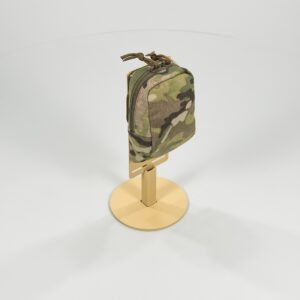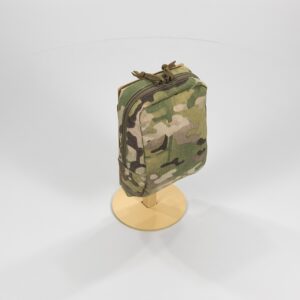Plate Carrier Choice and setup
The plate carrier, together with the belt, is a constituent part of the second line. Born to combine in a single product both the ballistic plates and the equipment needed to fight. It can be declined in multiple configurations, from a simple plate holder to a setup complete with ballistic protections for police work. Let’s find out together the models and the most common components to be applied on the plate holder of your choice.
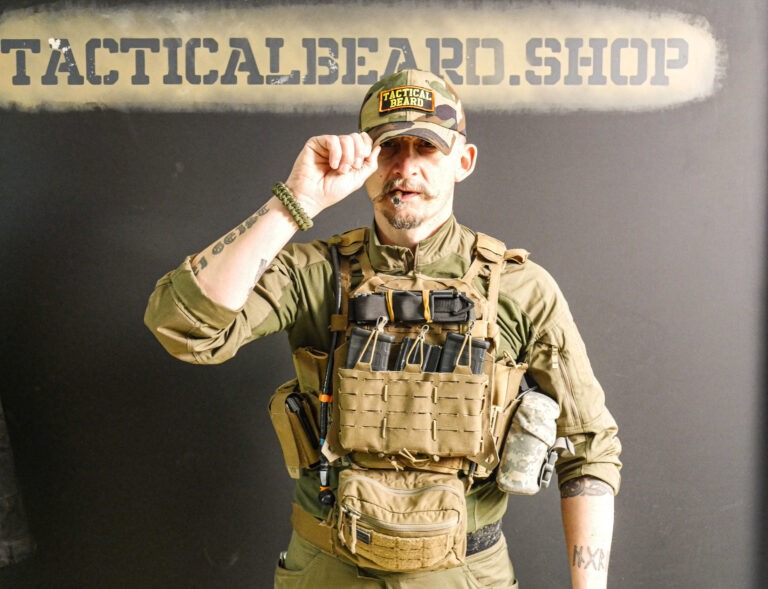
Lightness and versatility
A “modern” plate carrier can be both light and strong. Modularity is another strong point in order to use the supplied material in multiple situations. Few things but well known. With a good search we can find a plate carrier that can both carry all the equipment necessary for a long mission and become low profile and minimal if the needs of use require it.
Our favorite plate carriers
Our choice fell on Direct Action Spitfire MKII and Bercat products for their extreme modularity, low weight and unbeatable quality / price ratio, both with maximum customization possibilities! Both DA plates are made of laser cut laminate, in the Spitfire MKII version there is a more complete structure, with springs on the front, zip and velcro, the back panel is all in laminate, while in the new Beacat version the Molle Skeleton system to lighten the structure, in addition the velcro and the front pocket (which are often covered by an admin) have been eliminated while a soft shell part has been added to the rear panel, thus creating a door plate of only 290 grams
Things to put on your plate holder?
The most sore point is what to put and not to put on the plate carrier, let’s remember that we are always talking about second-line equipment, so on our plate carrier we should only put materials necessary for our mission, now let’s see a basic set up of plate carriers, without dealing with all those materials required by tactical specializations
Let's find out how to set up a latest generation Plate Carrier

I Plate of the latest generation are sold in pieces that are composed to create the most suitable setup for the needs, some products such as the brand new Bearcat cannot be used without extra accessories that must be purchased separately (cummberbund). Now let’s see how to configure our plate
CUMMERBUND
The Cummerbunds are the bands that join the front plate holder to the rear one, as well as acting as a bond they can be used to apply various kinds of pockets, we can insert different Cummerbunds according to our needs, but the compatibility must be checked, the Plate carriers DA Spitfire and Bearcat use the same specifications
FLAP
Another component necessary to take full advantage of our PC essential to apply pockets on the front area of the plate, both the BC and SF MKII models are not sold complete with Flap, and therefore it is necessary to purchase a flap panel separately, there are panels with MOLLE, MOLLE system Lightened skeleton or that already have integrated magazine compartments, the DA systems use Mayflower specifications with hook & loop system with velcro and clips, which can be changed very quickly.
BACK PANNEL
Another important component is the Back Pannel that allows you to apply on your back what you need to carry the extra second line components with you or in the case of integrated rucksacks for small 3 lines, DA uses Crye Precision specifications for its panels, consequently the compatibility is bidirectional, you can install panels already equipped with pockets and water bag or MOLLE panels always with compartment for water bladders
Basic set up plate carrier
Let’s see what, we could and should put on our plate carrier:
- Obviously the plates
- Long weapon magazine pouches (optional short gun)
- Door smoke bombs
- Carry grenades
- Utility
- Radio
- Admin
- TQ
- Knife (if it’s not on the belt)
- IFAK (better if worn on the belt)
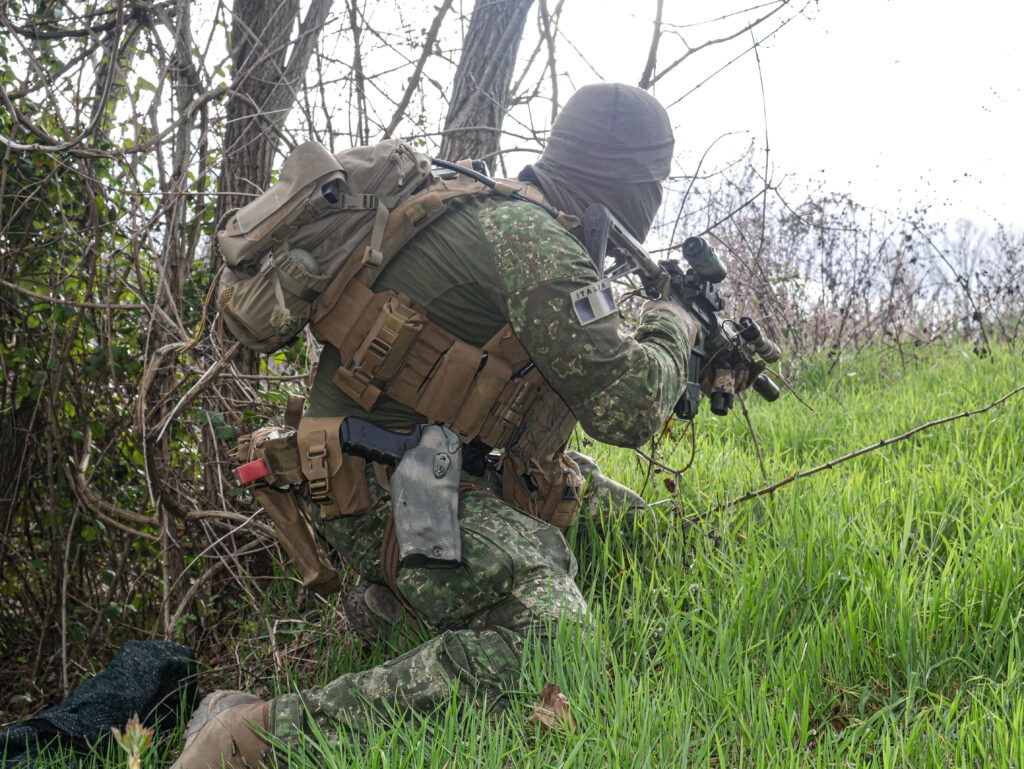
Magazine holder
There are different types to cover different needs, our advice falls on possibly semi-rigid magazine pouches to facilitate the relocation of semi-exhausted magazines and possibly with a reliable retention system, especially if the tactical needs involve particularly intense activities or aviolanci. Our special appreciation goes to DA’s Tac Reload which can carry up to two magazines per slot
Door Grenades
Whether they are smoke bombs, grenades or flash bangs, these are material to be stored with extreme care, it is therefore recommended to use special pockets for transport, smoke bomb pockets, grenade pockets and flash bang pockets should be placed mainly on the strong side of the operator , to facilitate the grip with the dominant hand


